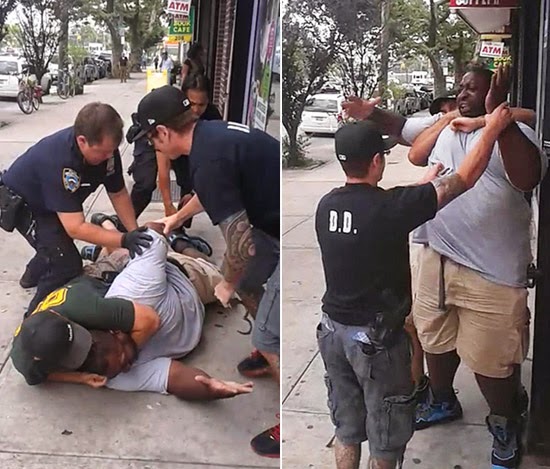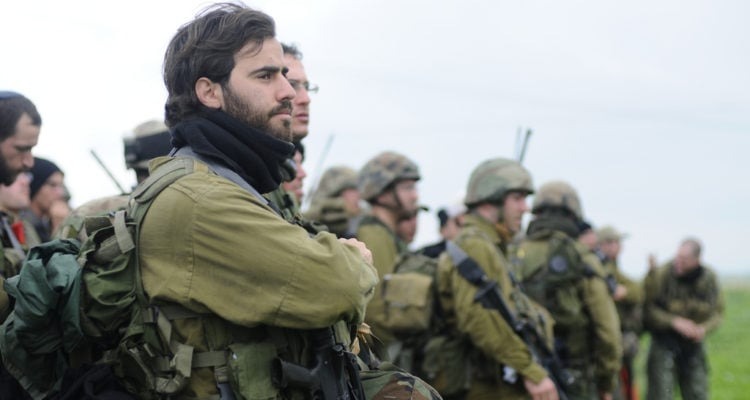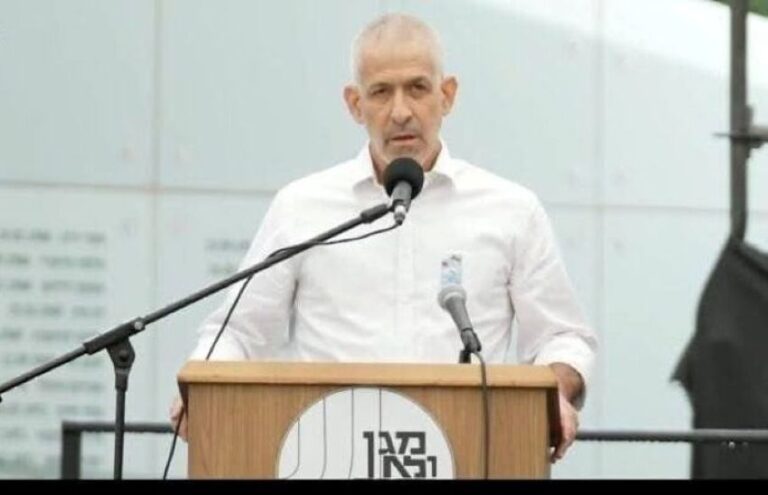The New York Police Department official in charge of training new recruits said Tuesday that the restraint technique an officer used on Eric Garner five years ago, leading to his death, “meets the definition” of a banned chokehold.
Testifying at an internal disciplinary trial that could lead to Officer Daniel Pantaleo’s firing, Inspector Richard Dee cited cellphone video in which Garner is seen coughing after having Pantaleo’s arm wrapped around his neck — an indication that pressure on his windpipe obstructed his breathing.
“I’m not saying he intentionally did that, but that’s where his arms are,” Dee testified as the video played of Pantaleo grabbing Garner and wrestling him to a Staten Island sidewalk in July 2014 .
Dee is the latest high-ranking official to say what Garner’s family has long believed: that Pantaleo’s conduct violated department rules and ran counter to his academy training and the repeated warnings officers receive to avoid tactics that could hinder breathing.
“When I heard that, I was just wondering: Why is Pantaleo still on the payroll? Because that sounds like it should be immediate — I mean, immediate — dismissal,” Garner’s mother, Gwen Carr, said after Dee testified on the second day of what’s expected to be a two-week trial.
In the days after Garner’s death, Mayor Bill de Blasio and the police commissioner at the time, Bill Bratton, both said it appeared to them that Pantaleo had used a chokehold, and the city medical examiner ruled that a chokehold caused Garner’s death. She is scheduled to testify Wednesday.
An internal affairs investigation reached the same conclusion and disciplinary charges for Pantaleo were requested in January 2015. But they were never filed, and the case languished. The police department says it was deferring to federal prosecutors who were investigating a possible civil rights case.
Last year, however, the police department cleared the way for a police watchdog agency to pursue a disciplinary case against Pantaleo.
The NYPD’s disciplinary process plays out like a trial in front of an administrative judge, but the purpose is to determine whether Pantaleo violated department rules.
Because Pantaleo’s case is moving forward more than 18 months after Garner’s death, the statute of limitations has passed on cases hinging only on alleged rules violations.
In order to prevail, the watchdog Civilian Complaint Review Board must show that Pantaleo’s actions also constituted crimes, even though he is not charged in a criminal court. The review board must show that Pantaleo acted recklessly and that his conduct meets the elements of the criminal charges of attempted assault and strangulation.
Pantaleo, 33, has been on desk duty since Garner’s death. He denies wrongdoing. The final decision on any punishment lies with Police Commissioner James O’Neill, with penalties ranging from the loss of vacation days to firing.
The NYPD banned chokeholds in 1993 after a spike in deaths of people being apprehended or in police custody.
The department’s patrol guide, a mammoth volume of practices and procedures, states that officers, “will NOT use chokeholds.” It defines the ban to include “any pressure to the throat or windpipe, which may prevent or hinder breathing or reduce intake of air.”
A section on chokeholds in the police academy manual issued to Pantaleo in 2006 puts it more bluntly: “they’re deadly.”
At first, Dee said, it appeared Pantaleo was going for an arm bar, arm lock or what’s known as a “seat-belt hold” as he grappled with the 350-pound Garner. All of those are approved restraint techniques.
Then, Dee said, Pantaleo is “kind of just wrapped around his neck and shoulder and is trying to just throw him down.”
“He’s kind of taking a little ride on his back,” he said.
Pantaleo’s lawyer and union contend he was using the “seat-belt hold.”
They say his training instructor, retired Sgt. Russell Jung, will testify that he taught Pantaleo the technique at the police academy.
Dee cast doubt on that, saying the academy didn’t teach the technique until 2011 — five years after Pantaleo joined the force. Dee said there’s no indication in police department records that Pantaleo learned the move during later training sessions.
“With something as serious as a takedown, it would not be appropriate to teach something that wasn’t approved and wasn’t in the lesson plan,” Dee said.
(AP)












2 Responses
HOW ELSE CAN LITTLE POLICE OFFICERS CONTROL A BIG GUY LIKE THAT?
The Only ones that should be on trial is NYC Gov. Enough with their liberalism!